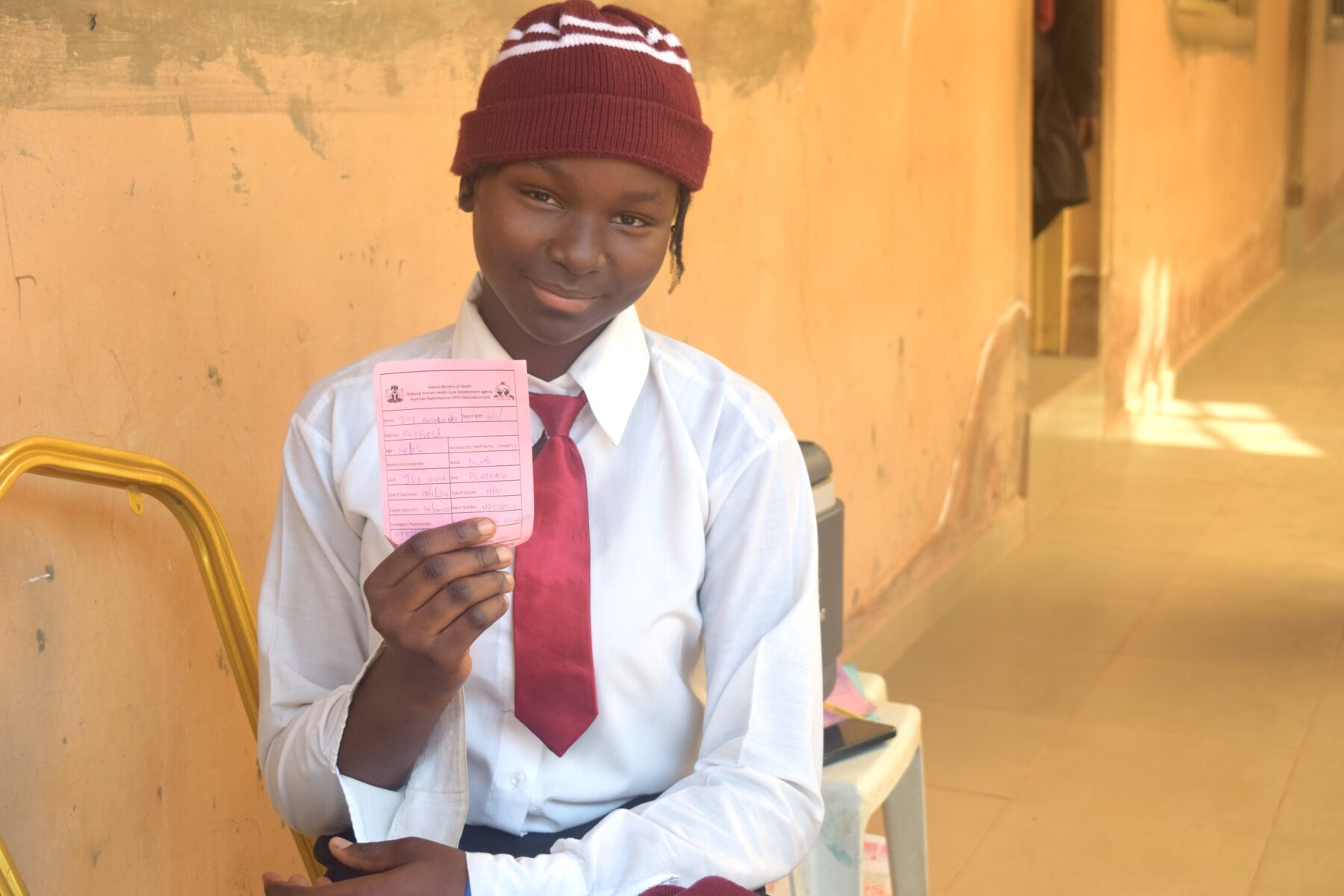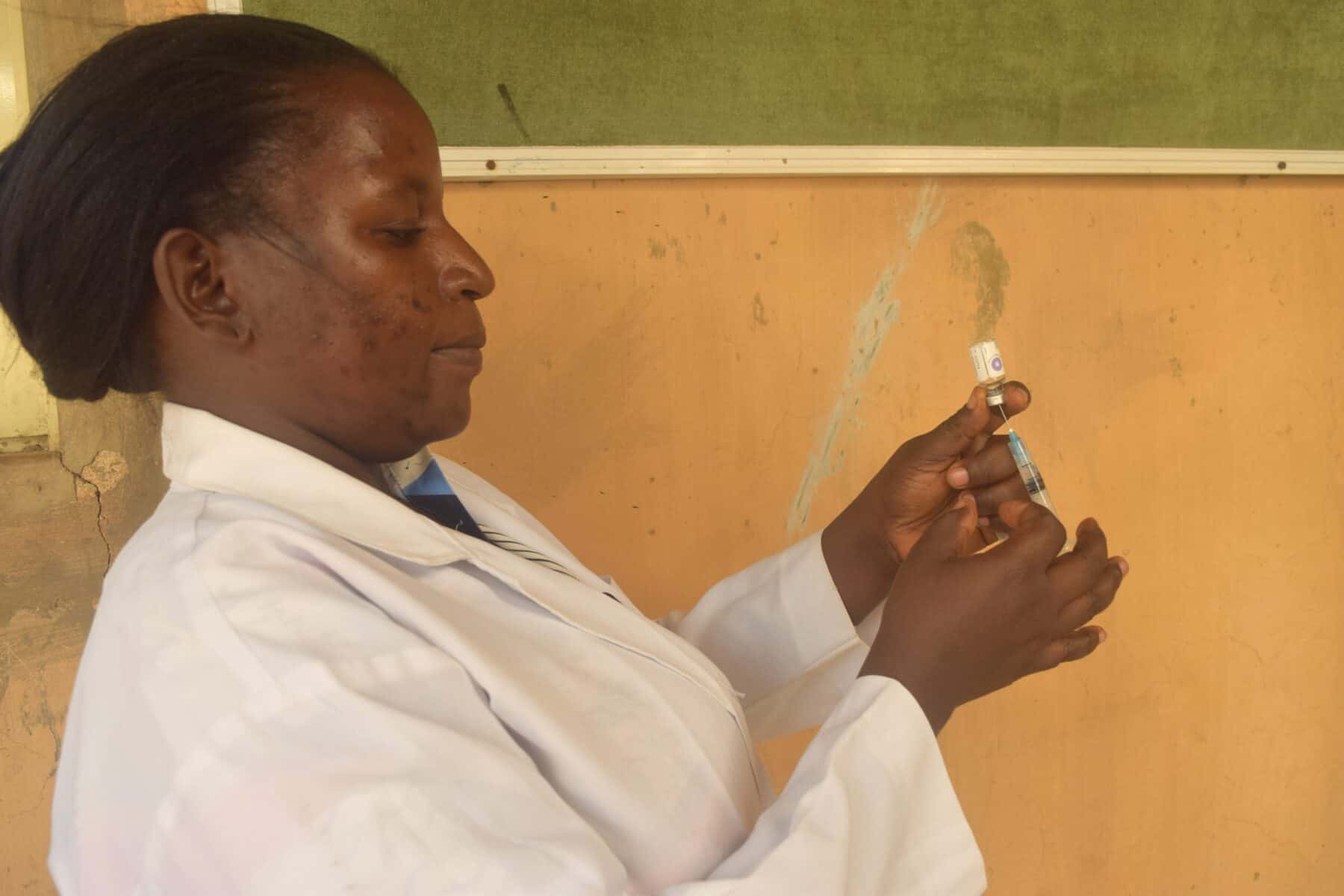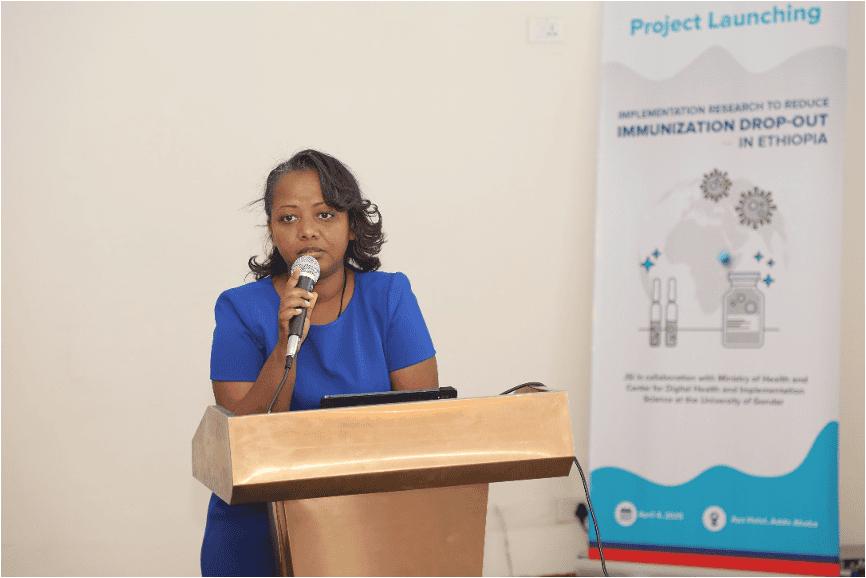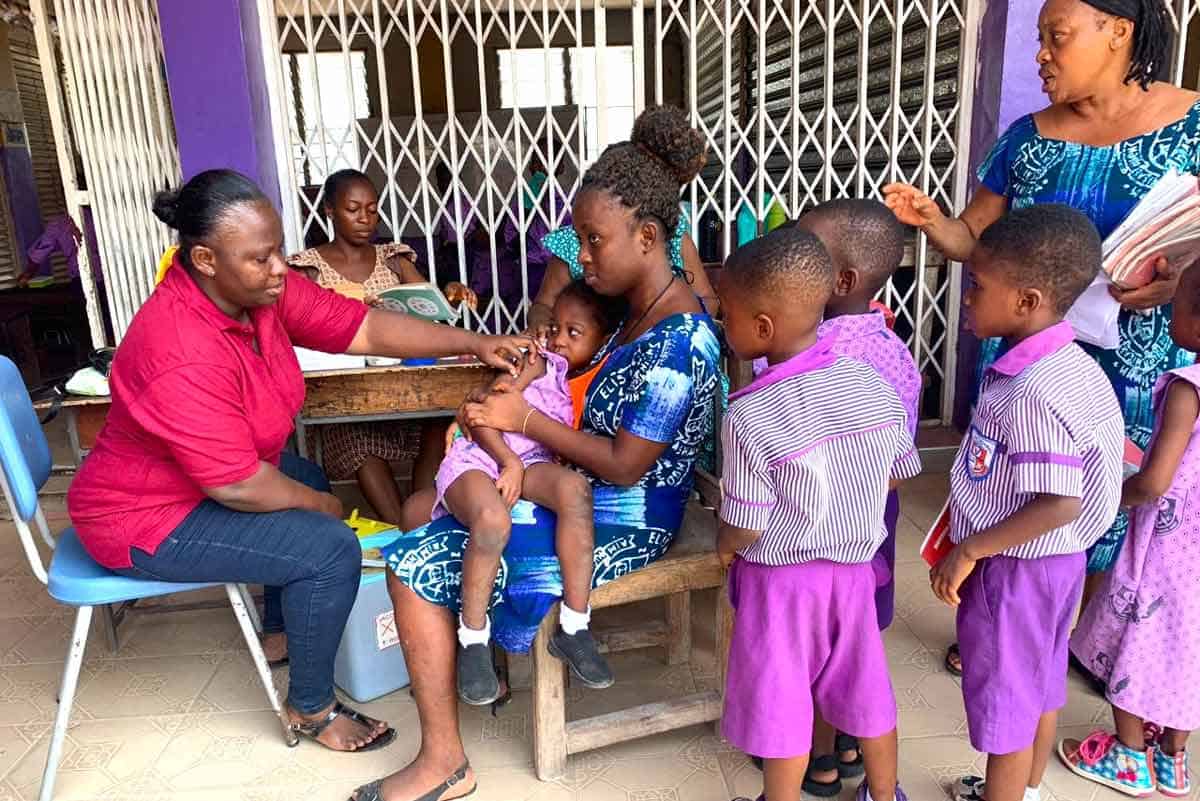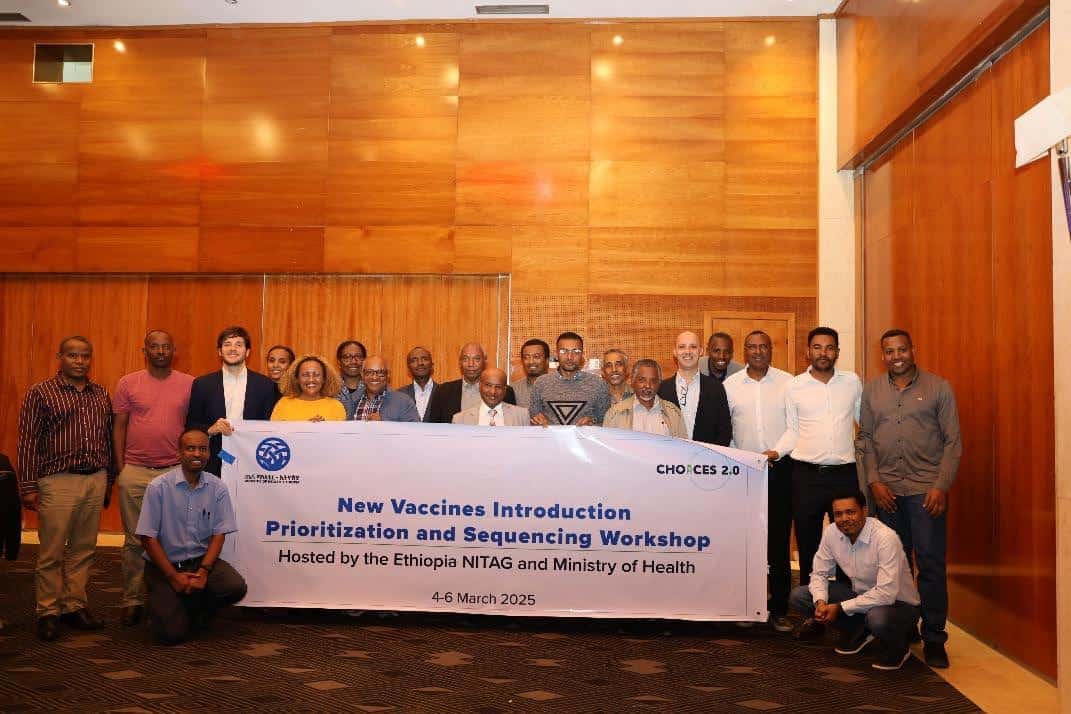Welcome to jsi.org! Our new domain name better reflects JSI’s nonprofit status. We look forward to continuing our work in partnership with governments, funders, nongovernmental organizations, and communities in the U.S. and around the world to improve lives through better health and education outcomes for individuals and communities.
LATEST NEWS & STORIES
View more news
JSI is a global nonprofit dedicated to improving lives through better health and education outcomes for individuals and communities.
UNITED STATES
Strengthening public health systems in the United States
We address complex public health problems to effect systems and policy changes. We develop innovative methods to evaluate and strengthen publicly funded health systems and collaborate with clients and partners using customized approaches. All of our partnership work is rooted in a shared desire to improve the health of individuals and communities.
Learn More
INTERNATIONAL
Improving the health and education of people and communities
Our international work improves quality and access within health and education systems worldwide. We focus on multidisciplinary development approaches that galvanize countries, communities, families, and individuals to advance their skills and create lasting solutions to their priority health, education, and development challenges. Drawing on our experience in the field—with others in the private, governmental, and nongovernmental sectors—we shape and advance the global public health and education agendas.

